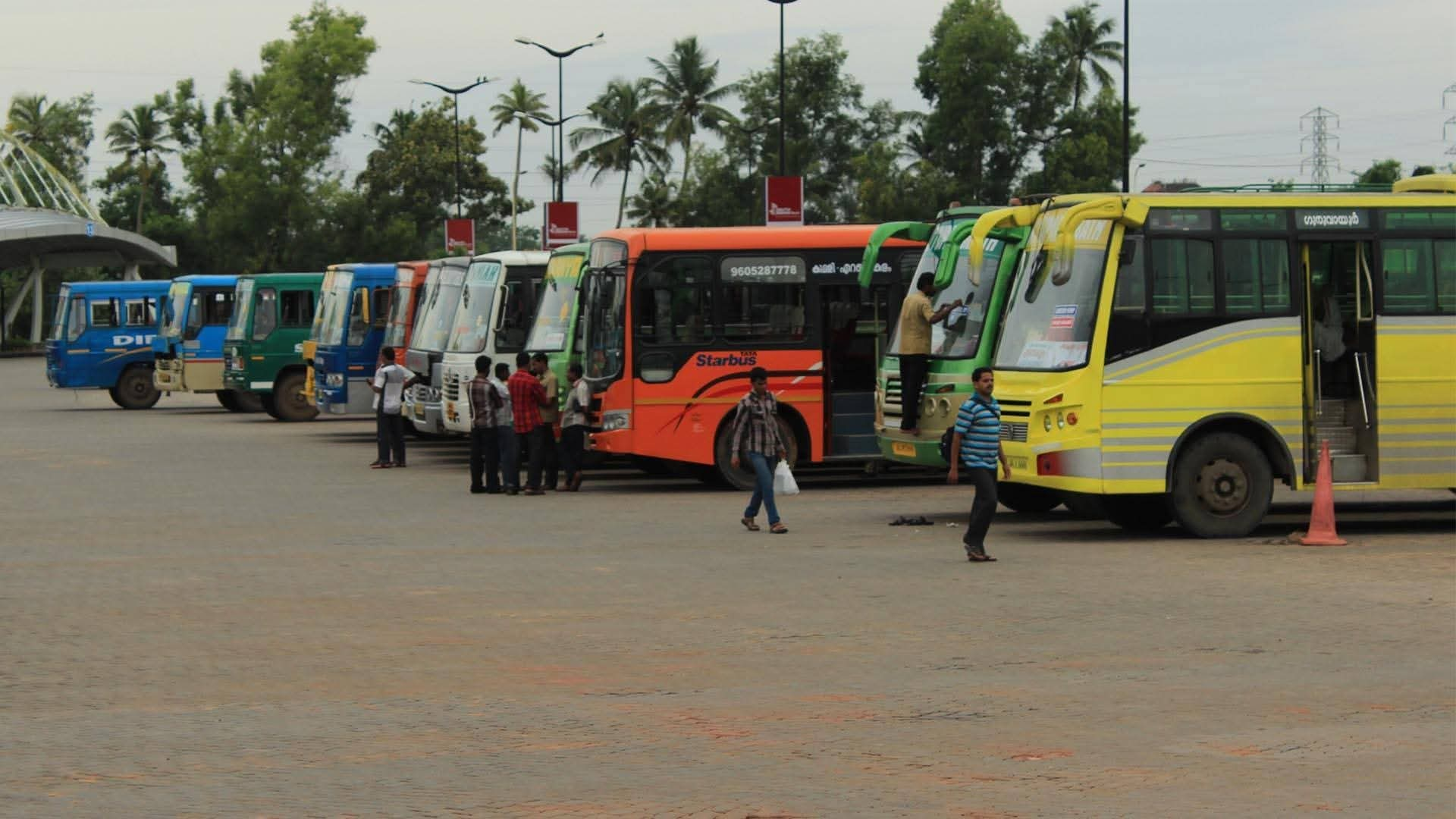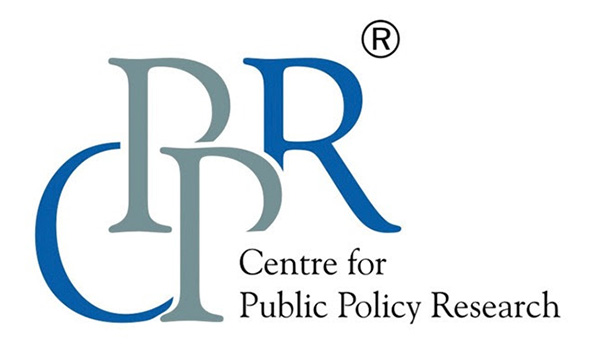Articles

Kochi Water Crisis: Urban Growth Amid a Deepening Water Shortage
November 8, 2025
Degrees That Don’t Pay: Is Theory Without Skills Failing Our Youth?
November 14, 2025Reviving Kerala’s Private Bus: An Answer to the State’s Financial Woes?

Kerala’s Fiscal Struggles and the Search for New Revenue Sources
According to the Kerala Budget for 2025-26, the state is projected to face a revenue deficit of ₹27,124 crores, while its public debt stands at ₹40,848 crores. Kerala has been grappling with financial challenges for several years. At the start of the previous fiscal year, the State was unable to meet salary commitments for over half of its 5.15 lakh employees and experienced delays in pension disbursements to retired personnel. In the 2025 budget speech, the Finance Minister began with the note,
“We have definitely overcome the trying times of severe fiscal constraints that had affected the State in recent years”.
It is doubtful if the financial constraints have truly been overcome. The government has focused on revenue-generating sources like a hike in land tax and EV tax, revision of court fees and routing more funds through the Kerala Infrastructure Investment Fund Board (KIIFB) to address the growing debt burden. But does Kerala have to resort to such traditional measures when there are multiple revenue-generating sources lying idle in Kerala due to increased state intervention? One such source is the Stage Carriage Kerala Private Buses.
The Decline of Kerala’s Private Bus Network
The stage carriage Kerala private buses have a long history. They have been a significant part of the growth of the state and in maintaining an urban continuum throughout the state by connecting the rural parts to the urban areas. Stage Carriage Express, Superfast, Fast Passenger, Limited Stop and Ordinary buses used to ply on Kerala’s roads. There were around 35,000 private stage carriage buses in the state before 2011 and in 2024, the number came down to around 7,000. This reduction was not due to a loss of revenue or reduction in demand, but rather due to the anti-competitive policies of the state.
Many roads in the state like Kochi-Kumaly, Kochi-Munnar, Kollam-Kumaly, Kochi-Kozhikode, Sultan Bathery-North Paravur, etc. were nationalised by the state government through the years, meaning only the state-operated STU (state transport undertaking), Kerala State Road Transport Corporation (KSRTC) could operate buses on those roads. The “Super-Class” status of the private stage carriage permits was also taken away in 2011 by government notifications, preventing them from operating Express, Super Fast or Fast Passenger buses. An additional government notification, G.O(P) No.8 in 2017, further limited the stage carriage Kerala private bus operations in the state to 140 kilometres.
Falling Ridership and Mobility Gaps
In 2013, bus ridership per day in Kerala stood at around 1.32 crore people, which declined to 64 lakh passengers in 2023, as per the report of the Kerala Motor Vehicles Department. The bus sector has lost around 68 lakh passengers a day in this regard. The passenger share of private buses was 1.05 crore passengers compared to the 27 lakh passenger count of KSRTC. There were multiple reports of overcrowding in the existing MEMU and passenger trains and commuters protesting the lack of trains and change in their schedules.
A Demand-Supply Imbalance in Kerala’s Public Transport
In cities like Kochi, around half of the residents commute daily to work; Kerala needs to more than double its bus fleet to accommodate the number of people commuting daily across the state for various reasons. The paradox in this situation is that the state STU, KSRTC, was not able to increase the number of buses nor replace buses on the routes where the private operators used to operate, creating a demand-supply mismatch. As a result, many nationalised long-distance routes in Kerala saw a dip in the number of buses.
Also, many private operators had to resort to contract carriage buses or All India Tourist Permits (AITP), for which the passengers had to pay a much higher fee than the stage carriage buses. In this context, reviewing the regulations for stage carriage Kerala private bus operations can be the solution to Kerala’s financial woes.
Policy Reforms and Opportunities Ahead
The construction of the express highway from Thiruvananthapuram to Kasargod poses a perfect opportunity to reintroduce long-distance stage carriage buses back to the state. Different types of permits can be offered like Express permits which operate from Thiruvananthapuram to Kasargod/Kannur/Kozhikode during the day and night when the highway is opened up for commuters in 2025.
Further Super-Fast and Fast Passenger permits can be issued after dividing the express highway into three zones — Thiruvananthapuram-Ernakulam; Ernakulam-Kozhikode, and Kozhikode-Kasargod, where these buses can only operate on either one of the designated zones.
Towards a Sustainable Transport Model for Kerala
The private operators of Kerala were quite famous for offering quality services with high-quality air buses, air conditioning, push-back seats and other facilities to improve the travel experience much before the KSRTC. Reintroducing the Kerala private bus stage carriage services on this route can ease the burden on KSRTC and reduce private vehicle congestion.
With KSRTC’s financial struggles, and its inability to upgrade its fleet, a liberal permit system is a conceivable path forward. The permits can be issued to the highest bidder in an auction conducted by the state transport ministry. The base price can be fixed by the ministry after consultation with the Motor Vehicles Department of the state. This model will have multifold benefits; it will bring a lump sum amount as permit fee to the government treasury, and the additional tax, insurance and other costs incurred by the operators will also reflect as revenue for the government, all the while providing affordable and seamless public transportation service to the people.
All this will help in bringing back the public transportation system of Kerala to its former glory, addressing challenges that KSRTC has struggled to overcome.
Kannan P R is an Academic Associate at the Indian School of Business (ISB), Hyderabad, and a former Academy Associate at CPPR.
Views expressed by the authors are personal and need not reflect or represent the views of the Centre for Public Policy Research (CPPR).

Kannan P R
Kannan P R was a former Academy Associate at CPPR. He holds a Post Graduation in Applied Economics from Cochin University of Science and Technology (CUSAT) and a BA in Economics from St Albert's College, Ernakulam. His experience and writing in public policy span diverse areas, including education, urban mobility, governance, and coastal research.

